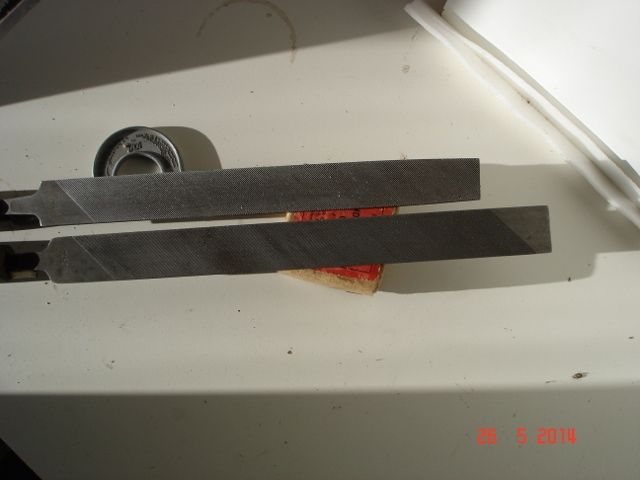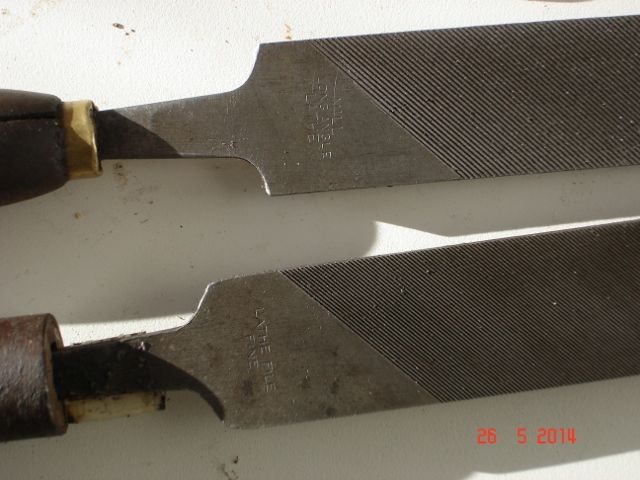Chamfer tools as per the 90 degree pointed tool shown above with no top rake are ok for brass or cast iron ,to get a good finish on steel or bronze a chamfer tool cuts better with top rake, I use a Dickson toolpost and have a 6 inch long ,half inch square HSS tool bit permanently fitted in a toolholder , looking at the tool holder from the top,it is set parallel to the cross slide ,the toolbit has a 45degree angle ground right across the tool and top ground onto it, in this position small edgebreaks to wide chamfers can be machined on outside diameters. Now to machine chamfers on bores the toolholder is positioned parallel with the lathe bed ,the other end of the toolbit now protrudes towards the chuck this end also has a 45 degree chamfer with top rake,though more clearance on the front face has to be ground as it is boring type tool,so say a tube can have its outer edge and bore chamferred by just indexing the tool post through 90 degrees, The toolholder is marked with yellow tape so that it can quickly identified from the other dozen or so toolholders. I have used this method for twenty odd years on my Colchesters and it is quick and convenient particularly when earning a living at it.
When I trained as an instrument maker ,the use of files for breaking edges was more common than using a graver,the files were classed as super smooth and were either 6 inch and or long narrow 8 inch pillar files the tooth angle was normal . On the other hand a turner in a machine shop would not use a file ,he would be expected to achieve finish and size by turning , When I moved to a small toolroom cum model shop,it was noticeable that my colleague trained as a fitter and turner never used a file on a lathe but always used the power feed whereas I being an instrument maker nearly always fed by hand on mill and lathe on the smaller work,and even now rarely use power feed on my ton and a half mill if the travel to machine a job is less than 6 or 8 inches,you can feel what the cutter is doing and I cannot see why so many modellers want x,y power feed on small mills. z feed on the knee would be far more usefull but is rarely fitted
Ian S C.







